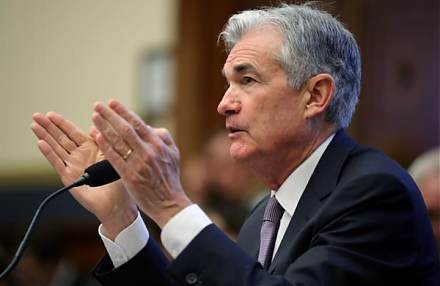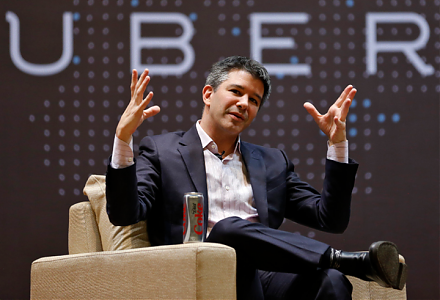

Founded in 1966 and headquartered in Purchase, NY, Mastercard Inc. is a leading global payment solutions company that provides an array of services in support of credit, debit, mobile, web-based and contactless payments, and other related electronic payment programs to financial institutions and other entities.The company's payment solutions include payment programs, marketing, product development, technology, processing, consulting and information services. It also provides worldwide transaction processing and other payment-related services, which include facilitating the authorization, clearing and settlement process of transactions, as well as processing cross-border and currency conversion transactions.In May 2001, the company was incorporated as a Delaware stock corporation. Mastercard has one reportable operating segment, Payment Solutions.The company manages and licenses payment card brands including MasterCard, Maestro and Cirrus....
+See MoreSharpe-Lintner-Black CAPM alpha (Premium Members Only) Fama-French (1993) 3-factor alpha (Premium Members Only) Fama-French-Carhart 4-factor alpha (Premium Members Only) Fama-French (2015) 5-factor alpha (Premium Members Only) Fama-French-Carhart 6-factor alpha (Premium Members Only) Dynamic conditional 6-factor alpha (Premium Members Only) Last update: Saturday 13 December 2025
2018-05-23 09:41:00 Wednesday ET

Many U.S. large public corporations spend their tax cuts on new dividend payout and share buyback but not on new job creation and R&D innovation. These
2018-07-03 11:42:00 Tuesday ET

President Trump's current trade policies appear like the Reagan administration's protectionist trade policies back in the 1980s. In comparison to th
2018-02-27 09:35:00 Tuesday ET

Fed's new chairman Jerome Powell testifies before Congress for the first time. He vows to prevent price instability for U.S. consumers, firms, and finan
2023-11-28 11:35:00 Tuesday ET

David Colander and Craig Freedman argue that economics went wrong when there was no neoclassical firewall between economic theories and policy reforms. D
2019-03-13 12:35:00 Wednesday ET

Uber seeks an IPO in close competition with its rideshare rival Lyft and other tech firms such as Slack, Pinterest, and Palantir. Uber expects to complete o
2017-06-21 05:36:00 Wednesday ET

In his latest Berkshire Hathaway annual letter to shareholders, Warren Buffett points out that many people misunderstand his stock investment method in seve